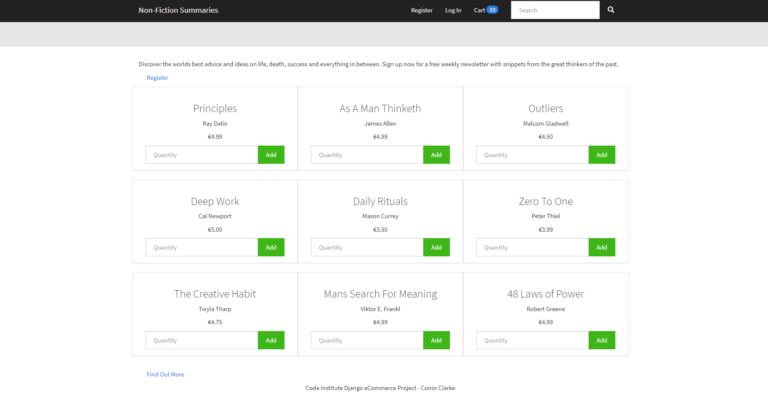
Of course to follow along with this part of the tutorial you’ll need an SSH remote server to connect to. What if You Do Not Have a Remote SSH Server? You can find good resources on the internet if you need more information.
DJANGO DEVELOPMENT ON VISUAL STUDIO CODE WORKSPACE HOW TO
I assume that you already know how to connect to a remote server using SSH. The first scenario I will present is remote debugging on a server that is accessible via SSH. Create a Simple Django Project on Remote Server.Generate an SSH Key Pair and Configure Server for Remote Access.What if You Do Not Have a Remote SSH Server?.If you need a refresh you can check this introductory tutorial. Run a Docker container within VS Code and debug a project inside the container.īefore starting the tutorial let me say that I assume you are actively using Visual Studio Code for development and you already know how to install VS Code extensions and how to manage a Python project in the IDE.Connect with VS Code to a remote server using SSH and remotely debug a web project.It turns out that VS Code has some extensions made exactly for that purpose, and you’ll learn how to use them.Īt the end of this tutorial you will be able to: You could put some print("I'm here!") here and there, trying to find the bug.īut wait, aren’t you a VS Code user? Why you have to debug in an editor you don’t know? Wouldn’t be great if you could connect to the remote environment from VS Code and debug your application inside the IDE you love? You could connect to the remote server using SSH, then use a remote editor like vim on nano to tweak the code. There is a bug to hunt down and you cannot reproduce it locally. Finally you deploy the application on a production server. Imagine the following scenario: You developed a Django application on your laptop. I’ll show you how to debug a Django application running on a remote server over SSH or in a Docker container.

In this tutorial you will learn how to use VS Code for remote debugging.


 0 kommentar(er)
0 kommentar(er)
